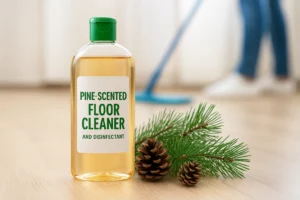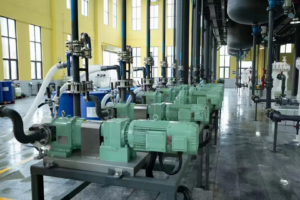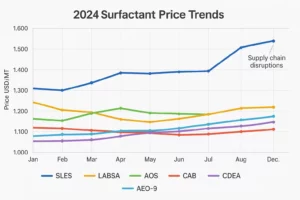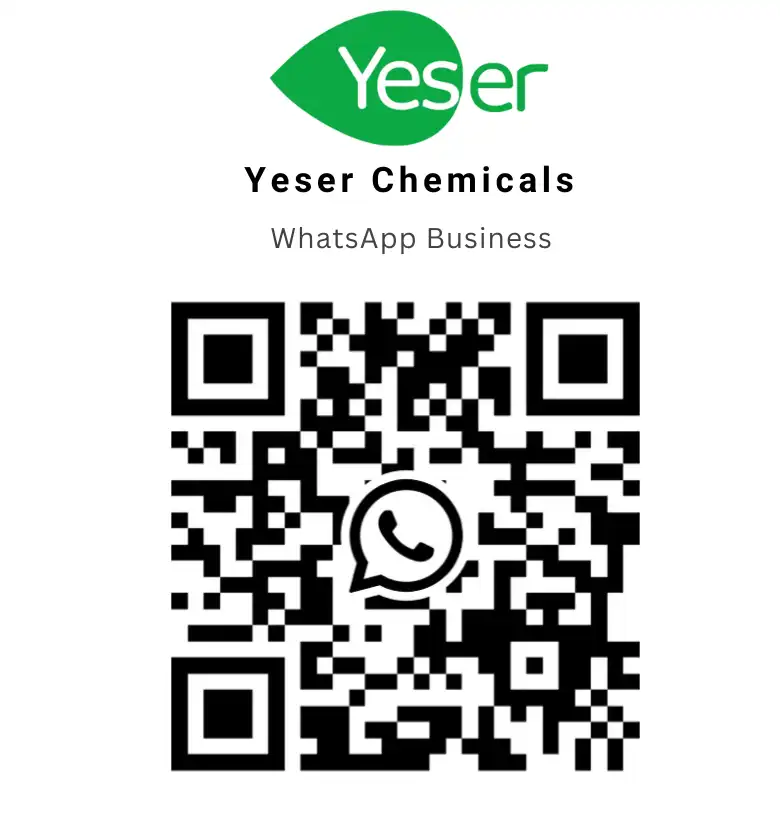Introduction
In the ever-evolving world of hair care products, staying up-to-date with the latest ingredients and trends can be challenging. One ingredient you may have come across in your quest for fabulous locks is PQ-10. But what is PQ-10, and how can it benefit your hair? In this article, we’ll take an in-depth look at PQ-10, its role in shampoo formulations, and its effects on various hair types. So grab a cup of tea, and let’s dive into the world of PQ-10 conditioner and 2-in-1 shampoo!
Understanding PQ-10 in Shampoo
PQ-10, or Polyquaternium-10, is a synthetic cationic polymer widely used as a conditioning agent in hair care products such as shampoos and conditioners. It’s derived from cellulose, a natural polymer found in plants’ cell walls. PQ-10 conditioner is known for its ability to form a thin, protective film over hair strands, providing multiple benefits, including improved manageability, reduced static, and enhanced shine.
PQ-10’s Role in Hair Care
As a conditioning agent, PQ-10 plays a significant role in hair care products, particularly in 2-in-1 conditioning shampoo formulations. The protective film formed by PQ-10 helps to:
- Detangle hair, making it easier to comb and style
- Reduce hair breakage caused by brushing or combing
- Minimize static electricity, keeping hair smooth and frizz-free
- Enhance hair’s natural shine, for a healthy and lustrous appearance

PQ-10’s Effect on Different Hair Types
PQ-10 can benefit various hair types, but its effectiveness may vary depending on the individual’s hair characteristics. Here’s a general overview of PQ-10’s impact on different hair types:
- Fine Hair: PQ-10 is lightweight and doesn’t weigh hair down, making it suitable for fine hair.
- Thick Hair: Although PQ-10 can provide some conditioning benefits, it may not be sufficient for extremely thick or coarse hair that requires more intensive conditioning.
- Curly Hair: PQ-10 can help improve manageability and reduce frizz, making it a suitable option for curly hair.
- Damaged Hair: For hair that’s been damaged due to heat styling, coloring, or other chemical treatments, PQ-10 can help improve the overall condition and appearance.
PQ-10 in Shampoo Formulations
PQ-10 is often found in 2-in-1 shampoo formulations, which combine shampoo and conditioner in a single product. These formulations are popular for their convenience and time-saving benefits. PQ-10’s inclusion in these shampoos allows them to cleanse the hair while also providing conditioning benefits, giving users the best of both worlds.
Comparing PQ-10 with Other Conditioning Agents
Several conditioning agents are available in the market, each with unique benefits and drawbacks. Some common alternatives to PQ-10 include:
- Silicones: Silicones, such as Dimethicone, are widely used in hair care products for their ability to provide smoothness and shine. However, they can cause build-up and weigh hair down, making them less suitable for fine or oily hair types.
- Cationic Surfactants: These conditioning agents can provide excellent detangling and conditioning benefits but may not be suitable for all hair types due to their potential to cause build-up or irritation.
- Natural Oils: Oils like coconut, argan, and jojoba are often used as natural conditioning agents. They provide nourishment and moisture to the hair but may be too heavy for some hair types, particularly fine or oily hair.
Compared to these alternatives, PQ-10 offers a lightweight conditioning option that is less likely to cause build-up or weigh hair down. It is also suitable for various hair types, making it a versatile choice in the world of hair care.
Safety and Environmental Concerns
Polyquaternium-10 is generally considered safe for use in cosmetic products, and it has a low risk of causing irritation or allergic reactions. However, as with any ingredient, individual sensitivities may vary, so it’s essential to patch test a new product before full use.
From an environmental standpoint, PQ-10 is biodegradable and has a low aquatic toxicity profile, making it a more eco-friendly option compared to some other conditioning agents like non-biodegradable silicones.
Potential Side Effects
Allergies and sensitivities
Though rare, some individuals may experience allergic reactions or sensitivities to PQ-10, such as itching, redness, or irritation. If you suspect an allergy or sensitivity to PQ-10, it is recommended to perform a patch test before using the product on a larger area or discontinue use and consult a dermatologist.
Irritation and redness
In some cases, PQ-10 may cause mild irritation or redness, especially when used in high concentrations or on sensitive skin. To minimize the risk of irritation, use products with a safe concentration of PQ-10 and perform a patch test if you have sensitive skin.
Choosing the Right PQ-10 Shampoo
When selecting a PQ-10 shampoo, consider your hair type, specific hair concerns, and any additional ingredients that may benefit your hair. Look for shampoos that specifically mention PQ-10 or Polyquaternium-10 on the label, and check for any added benefits like color protection, volumizing, or anti-frizz properties.
Incorporating PQ-10 Shampoo into Your Hair Care Routine
To get the most out of your PQ-10 shampoo, follow these simple steps:
- Wet your hair thoroughly.
- Apply a generous amount of PQ-10 shampoo to your hair and scalp.
- Gently massage the shampoo into your scalp and work it through the lengths of your hair.
- Rinse thoroughly, ensuring that all shampoo residue is removed.
- Follow up with a conditioner if needed, particularly if you have thick, coarse, or damaged hair.
Conclusion
PQ-10, or Polyquaternium-10, is a versatile conditioning agent used in various hair care products, including 2-in-1 shampoos. It provides numerous benefits, such as improved manageability, reduced static, and enhanced shine, without causing build-up or weighing hair down. With its suitability for different hair types and its eco-friendly properties, PQ-10 is a popular choice for those seeking effective and lightweight conditioning.
Frequently Asked Questions (FAQs)
Q: Can PQ-10 shampoo replace my regular conditioner?
A: While PQ-10 shampoos provide some conditioning benefits, they may not be enough for those with thick, coarse, or damaged hair. In such cases, using a separate conditioner after shampooing is recommended.
Q: Is PQ-10 suitable for color-treated hair?
A: Yes, PQ-10 is generally considered safe for color-treated hair. However, it’s essential to choose a shampoo specifically formulated for color-treated hair to ensure maximum color protection.
Q: Can I use PQ-10 shampoo daily?
A: The frequency of use depends on your hair type and personal preferences. For most hair types, using a PQ-10 shampoo every other day or a few times a week should suffice. However, if you have an oily scalp or engage in activities that cause excessive sweating, you may need to shampoo more frequently. Always listen to your hair’s needs and adjust your routine accordingly.
Q: Are there any side effects of using PQ-10 shampoo?
A: PQ-10 is generally considered safe for use in hair care products and has a low risk of causing irritation or allergic reactions. However, individual sensitivities may vary. If you experience any adverse reactions or discomfort while using a PQ-10 shampoo, discontinue use and consult a dermatologist or hair care professional.
Q: Can I use PQ-10 shampoo on my extensions or synthetic hair?
A: PQ-10 shampoos are generally safe for use on natural hair extensions. However, always follow the manufacturer’s care instructions for your specific extensions or synthetic hair products. It’s essential to use products specifically formulated for synthetic hair if required to prevent damage and prolong the life of your extensions or synthetic hair.






